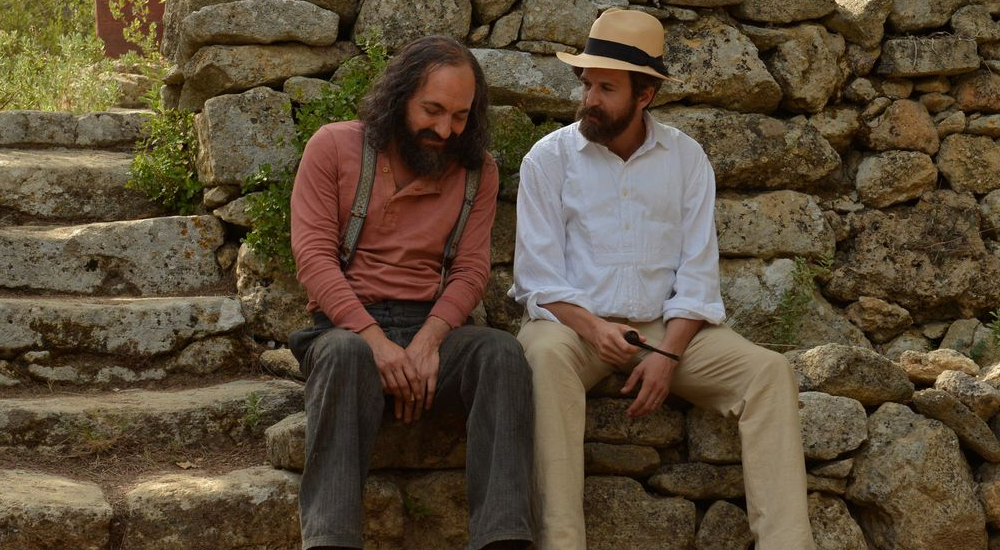“In love you forgive betrayal. With friendship it’s harder.”
Breaking the linear norm of time Daniéle Thompson jumps from past to present (and back again) as he tells the story of two renowned 19th century Fresh artist - Paul Cézanne and Emile Zola - in Vezanne et Moi.
The film, which shows the two artists meeting during the sixth grade, spends a lot of time dialing into their longing for mainstream success and public acceptance. A quick montage progresses their life from that of adolescent school boys to middle aged men, offering up a more direct look on the stylistic art and the stress that can come with the need to feel accepted.
Both Canet and Gallienne (as Emile and Paul respectively) do a fine job with the material they are given. However the the tedious dialogue and rather mundane story progression is hard to ignore, especially when the film’s central story about friends is backed to a plethora of stunning scenery and set pieces.
Cezanne et Moi continues to trace the men’s friendship as Emile finds success within the pages of his books, using his real life experiences (and those around him) as driving points for his fictitious narrative. But while he finds approval, his friendship with Paul begins to wain in large part to Paul’s professional struggles.
It is at this moment that the film begins to discover its centric backbone, confident in its delivery and its direction. The two actors peak at a lengthy shouting altercation, one that is rich in emotion and authentic to the casual viewer. It doesn’t save the film, but it does shine a bright light on the possibilities that lie within as you ponder what could have been.
Ultimately, much like Paul’s love life, the film is unable to stay faithful to its central characters, going off on tangents as you become distracted by the time jumps.
The ending presents itself some twenty minutes late, marking the last in an unfortunate list of missteps. I don’t blame any one person for the hodgepodge of ill advised actions. Improve the dialogue and the rest lies in the execution. Some of the most interesting moments take place as you get the full scope of the story through a series of paragraphs that are plastered up just before the credits. Through these you realize that Emile and Paul lead very interesting lives, ones that Monet would be inspired by. But here the information simply doesn’t translate.

